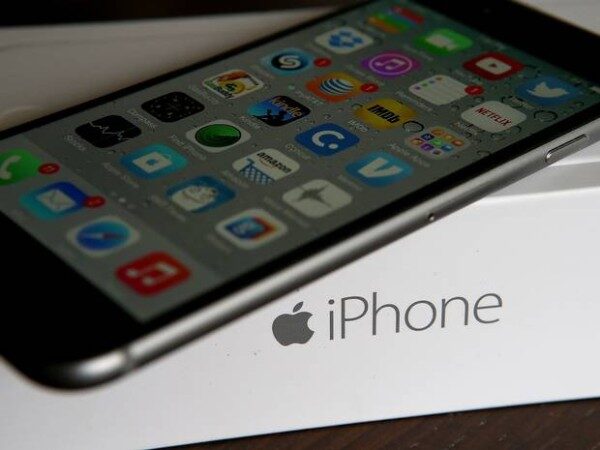According to Apple's website, NameDrop allows iPhone and Apple Watch users to share contact information - phone numbers and email addresses - by putting their devices (very) close together. People can also share photos via the AirDrop feature, watch shows together, play games, or listen to music this way, too.
Because it's a relatively new feature in Apple's latest software update - and is automatically turned on once the update is installed - law enforcement agencies across the country have issued warnings to parents, telling them to double-check their kids' phone settings.
The thinking is that kids and adults may not know the setting is automatically turned on, which could lead to people sharing their contact information unknowingly or unexpectedly. However, some technology experts - and technology websites -- are pushing back against law enforcement concerns.
A few important notes to know: users have to select what information they want to share or receive, and can stop the "connection" by locking the device or moving it away from the other device. Phones also have to be very close to each other - within a few centimeters. It also takes a few taps to turn the feature on or off (instructions below).
FOX 35 Orlando reached out to Apple for comment. In response, Apple provided some general information about NameDrop and deferred FOX 35 to its privacy statements online, as well as the NameDrop web page, which further explains the new feature and how it works.
Apple clarifies on its website that NameDrop only works by sending new contact information - and not updating existing contacts. It's also a relatively easy feature to turn on or off in the device settings app.
Here's what police are saying about Apple's NameDrop feature
"If you have an iPhone and have done the recent iOS 17 update the Longwood Police Department would like to provide you with important crime prevention information!" Longwood Police wrote in a Facebook post over the weekend.
"PARENTS: Don't forget to change these settings on your child's phone to help keep them safe as well!"
The Oakland County Sheriff's Office in Michigan, as well as the Middletown Division of Police in Ohio have put out similar warnings, citing privacy concerns, in recent days.
Here's what a technology expert is saying about Apple's NameDrop
Sean Lanterman, of Computer Forensic Services, told our sister station, FOX 9 in Minneapolis, said Apple's NameDrop is not necessarily new technology and that there is always some risk when sharing data, but that in this case, the risk is low.
"It's just an alternative to the old school way of just telling someone what your phone number is," he said. "Certainly there are always risks involved in using any technology, but specific to the 'Name Drop' technology, those risks are very low."
In order to share contact information through the 'Name Drop' feature, both phones have to be unlocked and within an inch of each other. In addition, both parties have to consent by pressing a button.
"It will not download all your photos. It won't download all your contacts. It will only share your own contact," said Lanterman.
While the feature is automatically turned on in settings when a software update is initiated, it is easy to turn off. Users can go to iPhone settings, under 'AirDrop', and turn off 'bringing devices together' to disable the feature.
"That's what can happen on social media. Someone plants one piece of information, maybe misstates something... other people pick it up and re-share it," said Lanterman. "It's a modern game of telephone."
How to turn Apple's NameDrop feature on or off
- Open "Settings" app
- Tap "General"
- Tap AirDrop
- Under the "Start Sharing By Bringing Devices Together" section, tap the button green to keep the feature on or gray to turn it off.




Reader Comments
yes that is how it is meant to work, until the first BlackHat figures out how to broaden that access. when will they ever learn?